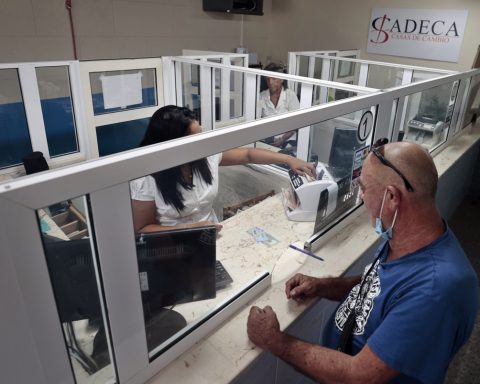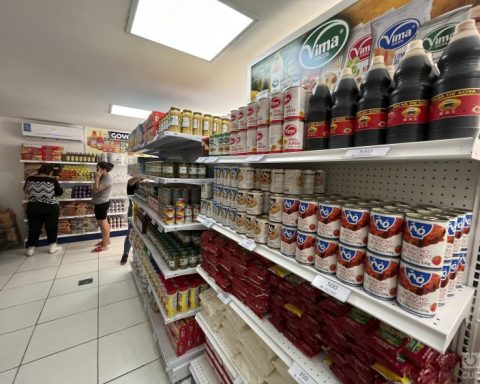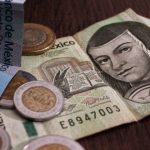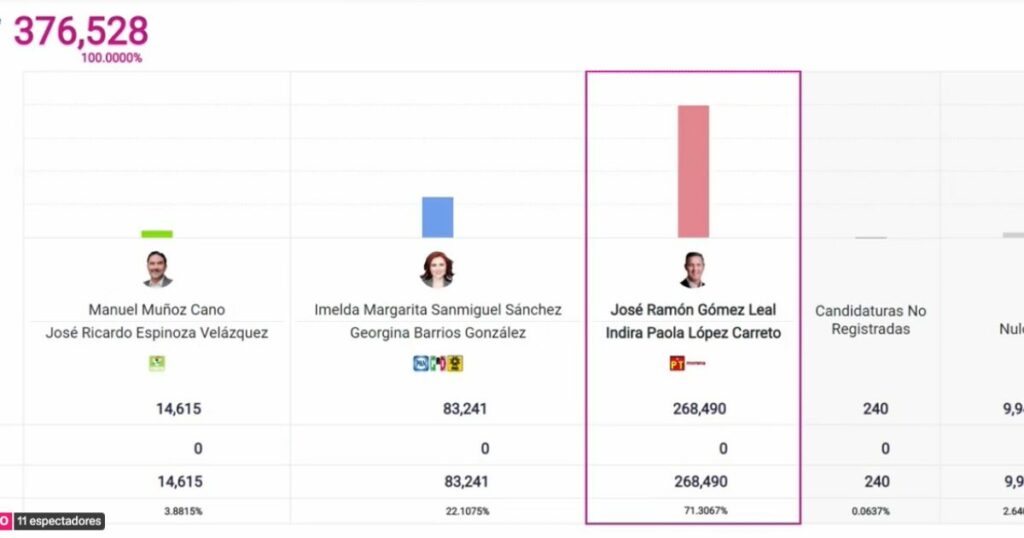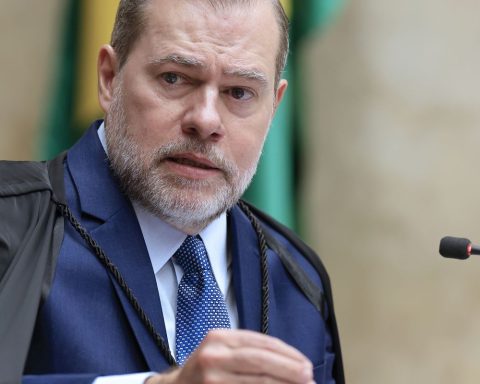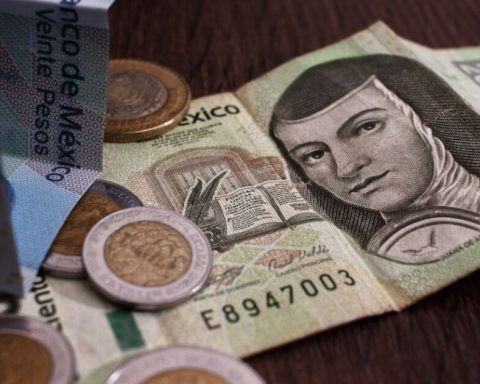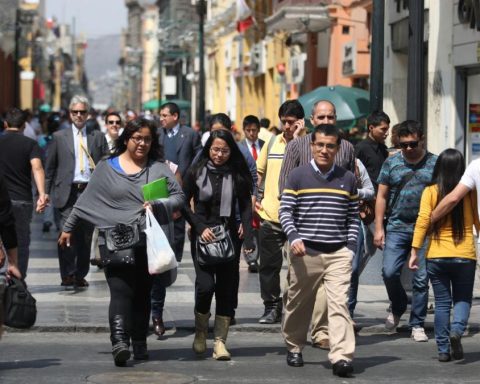VILLA CLARA, Cuba. — As usually happens with all products that are scarce in Cuba from one moment to the next, the low supply quickly conditions the excessive increase in prices in the informal market. If soap was “missing” months ago, now oil, detergent and the much-needed rice, essential for daily consumption by families, have disappeared.
In a little less than a week, a pound of so-called “criollo” rice rose from 60 to 130 pesos, although it is not publicly displayed in private establishments either. At least in Santa Clara, none of the main market areas have rice on their shelves and the main reason is that not even the private traders themselves dare to sell it for fear of being penalized or having their license withdrawn.
“That’s a hot potato,” blurts out a self-employed vendor named Jorge Luis who operates in the Calle Jota area of the Capiro neighborhood, and assures that inspectors have been targeting them for a few weekends. another young woman good trip market it specifies that the government capped the price of rice at fifty pesos per pound, but that the peasants want to sell it to them for 90, for which reason it obviously “doesn’t give the bill”.
Trucks loaded with merchandise arrive in this area around one or two in the morning, the time these self-employed workers stock their shelves. “If I arrive later, what I take is the wreck”, the woman assures that she must stay all day afterwards “giving outlet” to what she manages to buy at the best price.
“The rice they bring nobody wants to take. He calculates that you would have to sell it for a hundred pesos to get ten for each pound. A quintal would be nine thousand and if they catch you in that, the confiscation goes plus the fine. I’m not up for those risks, I have little girls.”
Several workers in the zone of the individuals in Buen Viaje exemplify that less than a week ago a vendor received a fine of four thousand pesos for offering rice above the limit. Decree 30 of 2021 is applied to these people who violate the established prices with penalties ranging between 5,000 and 150,000 CUP, so very few decide to take the risk.
Given the shortage of rice, many people are opting for cornmeal as a substitute, which sells for the incredible amount of 60 pesos per pound, or for mashed plantains popularly known as “Fufú”.
Sale of flour in a market (Photo by the author)
Truck with bananas (Photo by the author)
Banana fufú has become an alternative to the shortage of rice (Photo by the author)
Price of rice: what farmers explain
At the beginning of January, the newspaper itself Granma specified in a note that Cuba “requires more than 600,000 tons of rice to cover the regulated family basket and social consumption, of which two thirds are imported.” In addition, that “the plans set up for 2023 are still quite low” due to the lack of fertilizers and the low availability of fuel for machinery on the ground and agricultural aviation.
Also a weekly report Escambray confirms that an improvement is not foreseen for this year, since there is no support for the food to sell it in a free, systematic or stable way.
Despite the fact that farmers are usually blamed for the scarcity of food and its high prices in the market, the reality is that many of these producers must allocate thousands of pesos to achieve any harvest for which they obtain very low dividends.
Rice fields (Photo by the author)
Rice plantation (Photo by the author)
Rice plantation (Photo by the author)
Sacks of rice in the plantations (Photo by the author)
Lázaro Machado, a farmer contacted living in the Vega Alta area, in Camajuaní, confirms that rice is not a difficult product to harvest in itself, if they had the necessary resources at their disposal.
“The well with which I irrigate the dams is not mine, so I also have to pay for the water and the turbine. Very few people want to work in the fields, so add the labor to ¨fanguear¨, sow and harvest. Nobody wants to break their back for three kilos and rice takes at least three or four months to develop.
A farmer from the “La luz” area, close to the La Quinta dam in Villa Clara, lists another series of situations that directly affect grain production.
“A single-string dam gives you a maximum of ten sacks of paddy rice and planting costs about a thousand pesos per man,” confirms Jesús Martín, who has been working the land for more than thirty years. “In addition, you have to invest in oil bought by the left, which costs 2,500 pesos a can, plus fertilizer, which is also very expensive. All this, praying that a strong wind doesn’t knock your pimples off”.

As explained by both producers, they must also pay for themselves through their own efforts, from the seeds for sowing, then the plowing of the land, lunch and snacks for the workforce, to the nylon sacks to collect the crops and finally pay the owner of the the machine that cleans it.
There have been many farmers and intermediaries who have gone to the agricultural fairs of Santa Clara to sell rice to individuals and return to the field with the entire load, because the self-employed do not want to risk buying it above the ceiling. of the price. The grain has become a kind of “white gold” that must be acquired “on the sly”, as if it were an illegal act.
“The state wants rice to be sold cheap when everything else is very expensive,” laments Martín. “He calculates that we are the ones who are catching sun and going through work to pay the piper. It is not abuse with the people, I wish we had rice to distribute, it is that the account does not give”.







